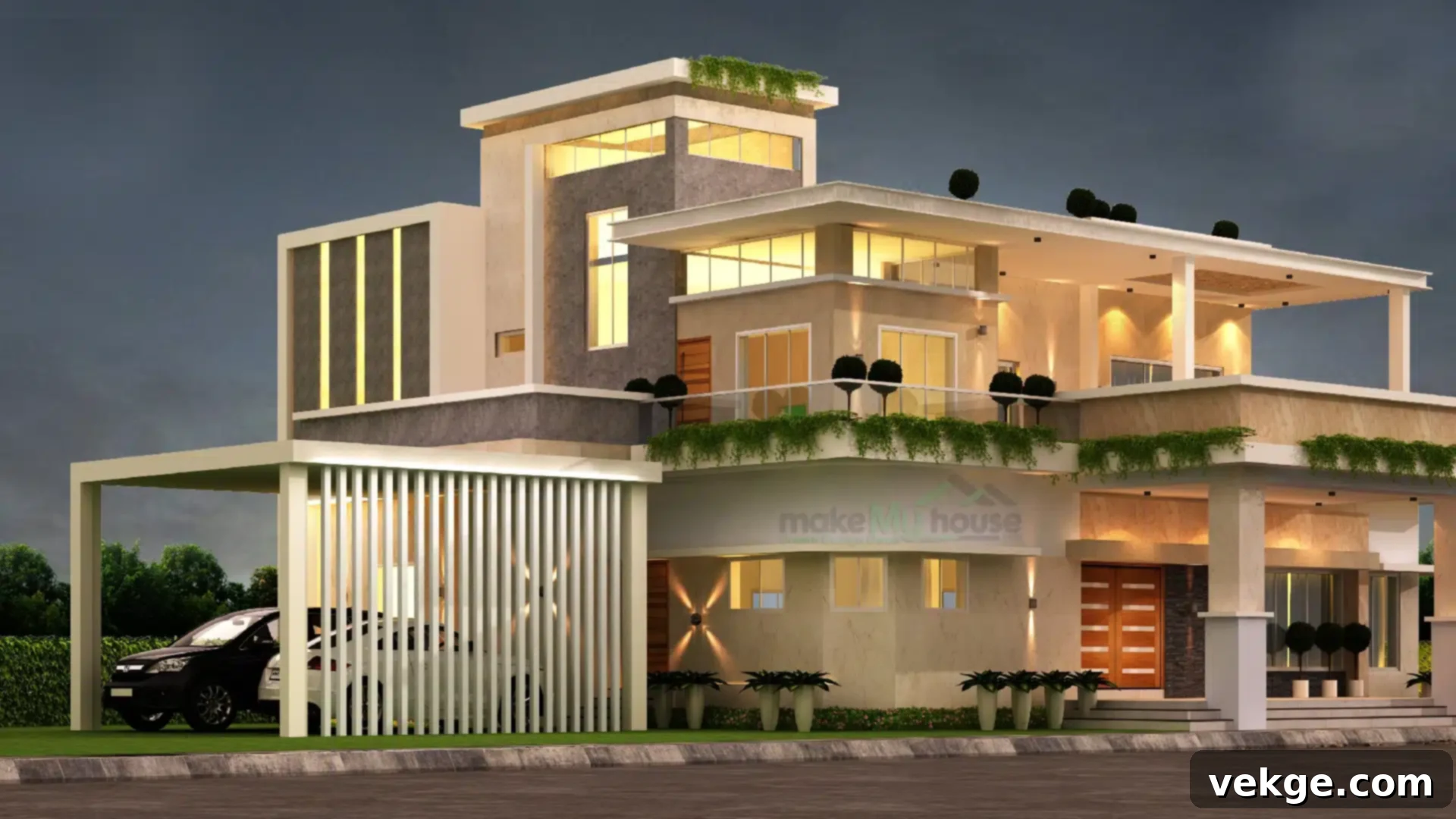The Unshakeable Truth: Why Structural Integrity is Non-Negotiable in Home Design, Construction, and Residential Roofing
When you envision your dream home, your thoughts likely drift to captivating layouts, aesthetic appeal, and seamless functionality. While these elements are undoubtedly crucial for creating a personalized living space, there’s a fundamental, often unseen aspect that forms the very bedrock of every safe and lasting residence: structural integrity.
Structural integrity refers to a building’s inherent ability to withstand a multitude of forces it will encounter throughout its lifespan. These forces range from the constant pull of gravity and the relentless battering of weather elements to the sudden, unpredictable shocks of seismic activity and the gradual wear and tear of time itself. In this comprehensive guide, we will delve into precisely why this foundational principle is not just important, but absolutely paramount in every stage of home design, meticulous construction practices, and, notably, the critical role of residential roofing.
Ensuring Uncompromised Safety and Long-Term Stability
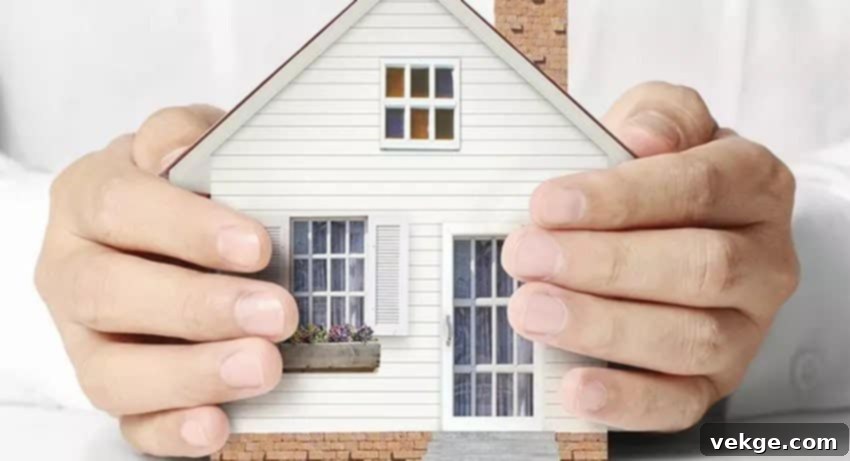
At the absolute core of prioritizing structural integrity lies the indispensable concern for the safety and stability of your home and its occupants. A dwelling built with a robust, well-engineered framework acts as an impenetrable shield against a wide array of external forces. Imagine strong winds buffeting the walls, heavy snow loads accumulating on the roof, or the ground shaking from an earthquake. In each scenario, a structurally sound home is designed to resist these pressures, safeguarding everyone inside from potential harm, collapse, or severe damage.
Highly skilled structural engineers meticulously calculate every conceivable load, stress point, and potential vulnerability during the design phase. They consider factors like local climate, geological conditions, and material properties to create buildings that can withstand both predictable environmental conditions and unforeseen catastrophic events. By rigorously adhering to these principles and prioritizing structural integrity from the ground up, homeowners gain an invaluable peace of mind, knowing that their most significant asset provides an exceptionally secure and stable environment for themselves and their cherished loved ones for generations to come.
Protecting Your Long-Term Property Investment
A home constructed with superior structural integrity is far more than just a place to live; it’s a profound, long-term investment that yields significant dividends over its lifespan. A solid foundation and an unyielding framework are the primary defenses against a cascade of expensive problems that can emerge years down the line. Without proper structural support, seemingly minor deficiencies can escalate into major, costly repairs, manifesting as sagging floors, unsightly cracked walls, misaligned doors and windows, and even compromised plumbing and electrical systems.
Consider the value of investing in a reputable roofing company in Calgary and high-quality construction materials upfront. This initial investment acts as an insurance policy, significantly reducing the likelihood of future headaches and expenses. It ensures the enduring longevity and durability of your home, actively preserving and even enhancing its market value for decades. Homeowners can rest easy, confident that their investment is built to last, designed to weather the test of time, and maintain its integrity and aesthetic appeal, offering exceptional returns should they decide to sell in the future.
Empowering Bold Architectural Vision and Design
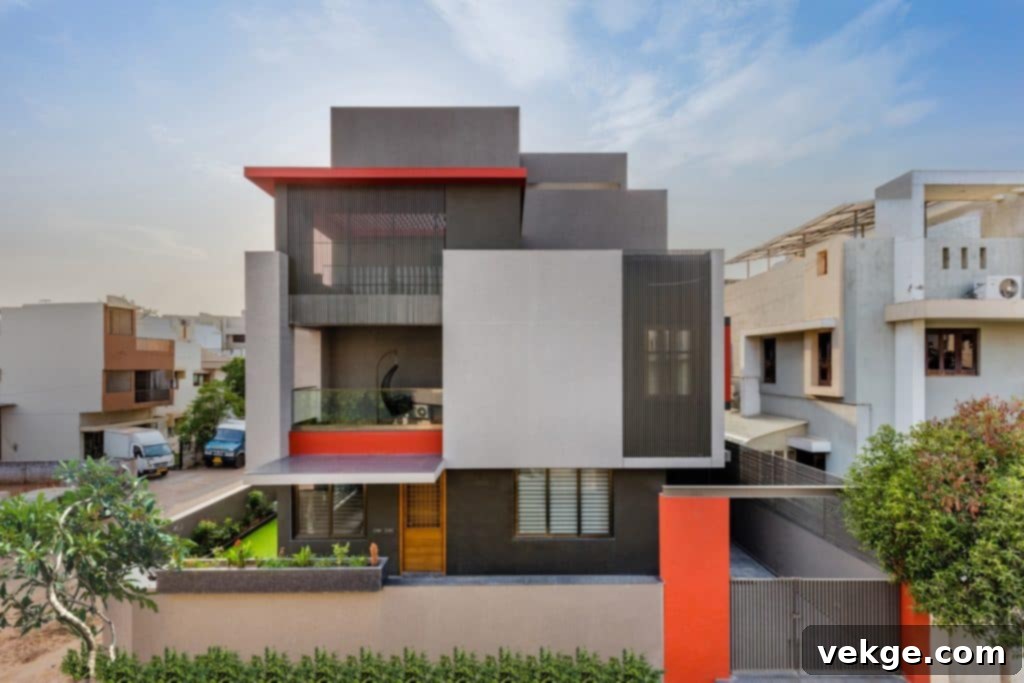
Structural integrity is far more than just a utilitarian concern; it is a vital enabler that plays a crucial role in supporting and bringing to life ambitious architectural visions and design concepts. A well-engineered frame provides the essential underlying support for innovative and often complex architectural features. This includes the ability to create expansive open-concept spaces that feel airy and unencumbered, design soaring ceilings that evoke grandeur, and implement intricate roof designs that become signature elements of a home’s character.
Engineers work in close collaboration with architects, translating creative and often artistic concepts into practical, buildable realities. This symbiotic relationship ensures that aesthetic desires are met without ever compromising the fundamental integrity, stability, or safety of the building. By skillfully striking a delicate balance between breathtaking aesthetics and unshakeable structural soundness, homeowners can confidently achieve their most ambitious architectural dreams, creating unique and beautiful spaces that are not only visually stunning but also inherently safe and exceptionally performing.
Adapting to Environmental Challenges and Fostering Sustainability
In our current era, marked by increasing environmental challenges and the undeniable impacts of climate change, structural integrity emerges as a key factor in constructing homes that are both resilient and sustainable. Extreme weather events, ranging from powerful hurricanes and intense blizzards to prolonged droughts and flash floods, underscore the critical importance of designing buildings that can effectively withstand a wide spectrum of environmental pressures.
Sustainable building practices are intrinsically linked to structural resilience. This includes thoughtfully incorporating energy-efficient materials, designing for optimal natural ventilation, and maximizing daylighting to reduce reliance on artificial lighting and heating/cooling systems. Furthermore, implementing specific measures to mitigate against localized risks, such as seismic activity in earthquake zones, advanced flood defenses, or fire-resistant materials in wildfire-prone areas, significantly enhances the long-term viability and sustainability of homes in vulnerable regions. When homeowners prioritize structural integrity, especially through proper residential roofing, they are investing in resilient homes that not only protect their families but also contribute positively to a more sustainable and future-proof built environment.
Resisting External Forces and Hazards with Advanced Engineering
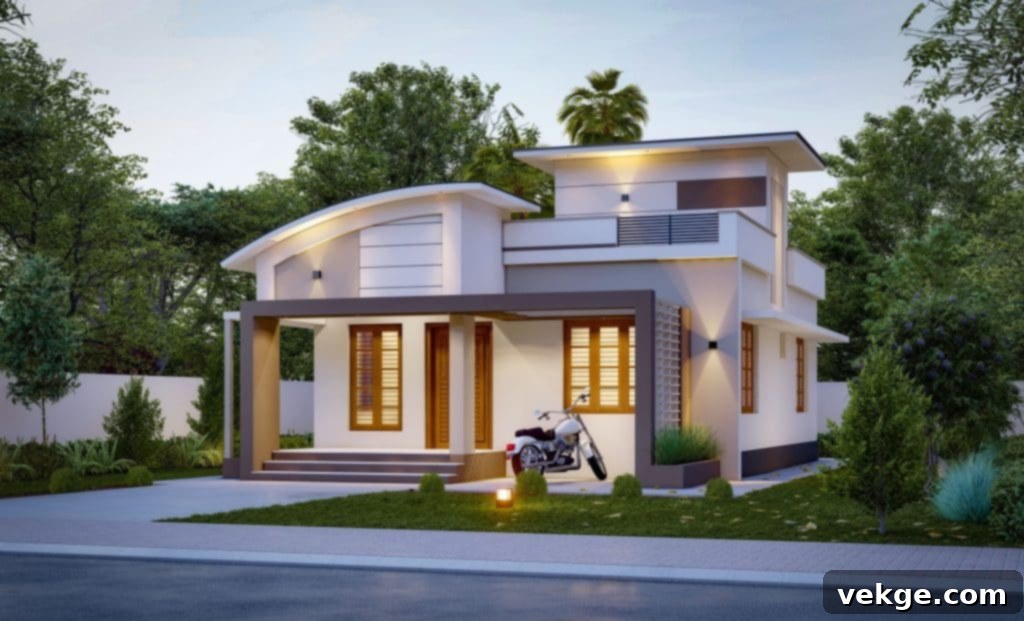
The ability of a home to stand firm against external forces and hazards is directly proportional to its structural integrity. A meticulously engineered design ensures that a dwelling can effectively withstand the relentless forces of nature. This includes designing for significant wind loads, which can exert immense pressure on walls and roofs, ensuring the structure can manage heavy rainfall and significant snow accumulation without compromise, and protecting against the devastating impact of hailstorms. Beyond weather, structural considerations are paramount in regions prone to seismic activity, such as earthquake-prone areas.
In these high-risk zones, specialized attention to structural integrity is absolutely essential for minimizing damage, preventing collapse, and most importantly, ensuring the safety of residents. By consciously choosing to incorporate seismic-resistant design principles – such as flexible foundations, shear walls, and advanced dampening systems – and selecting appropriate, resilient materials, homeowners can significantly mitigate the risk of structural failure during earthquakes, hurricanes, and other severe natural disasters. This proactive approach not only protects property but also saves lives.
Enhancing Energy Efficiency and Indoor Comfort
Structural integrity plays a surprisingly significant and often underappreciated role in enhancing a home’s energy efficiency and overall indoor comfort. Airtight construction, achieved through meticulous sealing of gaps and cracks, combined with a well-insulated building envelope, are direct results of a commitment to structural soundness. These features work in concert to minimize heat loss during colder months and prevent unwanted heat gain in warmer seasons, drastically reducing the demand on heating and cooling systems.
Furthermore, properly designed structural elements, such as strategic thermal mass (e.g., concrete slabs or masonry walls that absorb and release heat slowly) and passive solar design features (like optimally placed windows to capture winter sun), can help regulate indoor temperatures naturally. This reduces energy consumption and improves comfort levels year-round, leading to lower utility bills and a more pleasant living environment. A structurally sound home is inherently a more energy-efficient and comfortable home.
Supporting Diverse Interior Design and Optimal Functionality
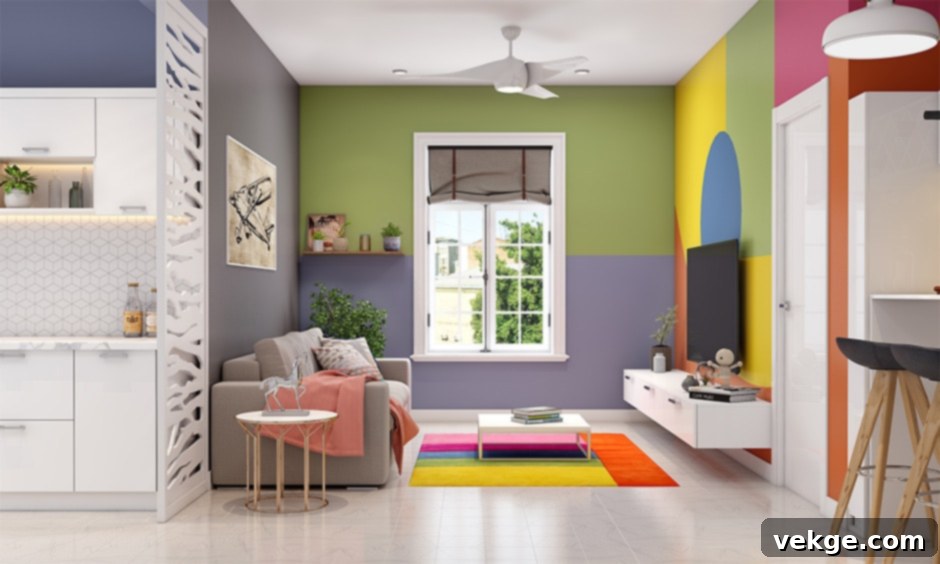
The fundamental framework of a home—its load-bearing walls, columns, and beams—provides the very backbone for both interior design possibilities and day-to-day functionality. These structural elements fundamentally dictate the layout and flow of spaces, influencing everything from the potential sizes of rooms to the optimal placement of furniture and even the pathways people take through the home. By ensuring robust structural integrity, homeowners gain the freedom to achieve their desired interior design aesthetic without ever compromising on essential stability or safety.
Whether your preference leans towards a contemporary open-concept layout that promotes spaciousness and connection, or traditional partitioned rooms that offer privacy and distinct zones, a well-engineered design forms the resilient canvas upon which your interior design concepts can truly come to life. Structural considerations allow for creative solutions, such as hidden support beams or strategically placed columns that integrate seamlessly into the design, enabling both beauty and unwavering performance.
Facilitating Future Expansion and Renovation with Confidence
Life changes, and so do the needs of a growing family or evolving lifestyle. A home designed with foresight and built with exceptional structural integrity offers invaluable flexibility and adaptability, making it considerably easier and safer to modify, expand, or renovate as needs evolve over time. Whether your plans involve adding an additional floor, expanding existing living spaces, incorporating new architectural features, or simply reconfiguring internal layouts, a solid, well-conceived foundation and framework provide the stable base for seamless integration of these changes.
By thoughtfully considering potential future modifications during the initial design phase—perhaps by designing for future load-bearing capacity or pre-planning utility extensions—homeowners can effectively future-proof their homes. This proactive approach ensures that any future alterations can be executed without compromising the original structure’s integrity or stability, safeguarding both the investment and the safety of the inhabitants, regardless of what the future holds.
Residential Roofing: A Cornerstone of Structural Integrity
The roof of your home is not merely a cover; it is arguably one of the most critical components of its overall structural integrity. It is the primary protective layer against the elements, bearing the brunt of rain, snow, wind, and sun. A structurally sound roof system is intricately linked to the entire building’s framework, from the rafters and trusses down to the foundation. Issues with roofing—such as inadequate support, improper installation, or deteriorated materials—can have far-reaching consequences, compromising the entire structure.
Proper residential roofing involves more than just selecting shingles; it requires careful consideration of the roof’s pitch, load-bearing capacity, ventilation, and drainage systems, all of which contribute to the home’s ability to resist environmental stressors. A well-installed roof prevents water infiltration, which can lead to timber rot, mold growth, and eventual structural weakening. It also distributes snow and wind loads effectively, protecting the walls and foundation from undue stress. Investing in quality roofing materials and professional installation is therefore an investment directly into the long-term structural health of your entire home.
The Unseen Guardians: Building Codes and Professional Expertise
Behind every structurally sound home are rigorous building codes and the invaluable expertise of qualified professionals. Building codes are more than just bureaucratic hurdles; they are meticulously developed standards designed to ensure minimum levels of safety, health, and general welfare for occupants. These codes dictate everything from foundation depth and material strength to electrical wiring and fire safety, all with structural integrity as a core principle.
Adhering to these codes, often enforced through strict inspection processes, is non-negotiable. Furthermore, engaging licensed architects, structural engineers, and reputable contractors ensures that the design and construction phases are executed with the highest level of technical knowledge and practical experience. These professionals understand the complex interplay of forces, materials, and design principles required to build a resilient structure. Their expertise provides an essential layer of assurance, preventing costly errors, ensuring compliance, and ultimately delivering a home that is truly built to last.
Conclusion: The Enduring Value of Structural Integrity
Ultimately, structural integrity forms the unwavering foundation of excellence in every aspect of home design, residential roofing, and construction. It is the silent guardian that ensures safety, guarantees stability, and promises longevity, all while providing the essential support for groundbreaking architectural creativity and fostering environmental sustainability.
By making a conscious and informed investment in quality workmanship, superior materials, and professional expertise, homeowners are not just building a house; they are actively protecting their most significant financial asset, safeguarding the well-being and peace of mind of their loved ones, and contributing to the creation of a built environment that proudly stands the test of time. Whether you are embarking on the exciting journey of a new construction project or undertaking a thoughtful renovation of an existing home, prioritizing structural integrity is not merely a recommendation—it is an absolute imperative for crafting spaces that are not only beautiful, highly functional, and aesthetically pleasing, but also supremely safe, exceptionally resilient, and enduringly valuable.
